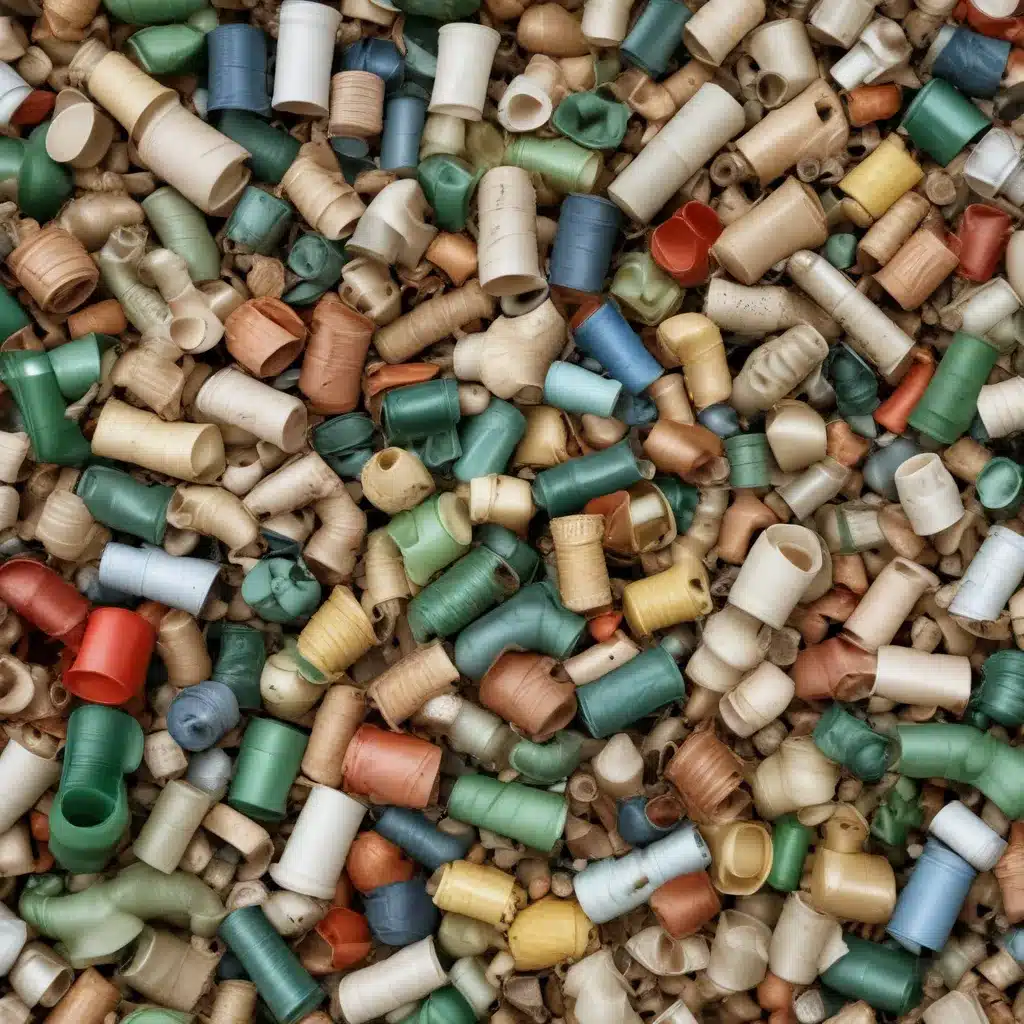
The Rise of Bioplastics as a Sustainable Alternative
Bioplastics are emerging as a promising alternative to traditional plastics, driven by the growing global concern over environmental issues. These materials, derived from renewable sources like plants, biomass, or microorganisms, offer a more sustainable solution to address the harmful effects associated with conventional petroleum-based plastics throughout their life cycle.
Bioplastics can be bio-based, biodegradable, or both, providing opportunities to reduce reliance on finite resources, lower carbon footprints, and support a circular economy. Their adoption is fueled by government regulations, corporate sustainability initiatives, and rising consumer demand for eco-friendly products. Ongoing advancements in bioplastics technology continue to improve their performance, durability, and affordability, further increasing their potential for widespread use.
Evaluating the Environmental Impact of Bioplastics
Assessing the environmental impact of bioplastics throughout their life cycle, from production to disposal, is crucial. While bioplastics are often perceived as more eco-friendly than traditional plastics, it is important to carefully examine their specific effects on the environment.
Sustainable Sourcing and Production
One key concern is the environmental footprint of feedstock production. Unsustainable farming practices, such as excessive pesticide use and deforestation, can lead to soil erosion, water pollution, habitat destruction, and increased greenhouse gas emissions. To address these challenges, the adoption of efficient extraction techniques, renewable energy sources, and environmentally-conscious production processes is essential.
The production of bioplastics also involves energy-intensive processes like fermentation, chemical synthesis, and polymerization, which can contribute to greenhouse gas emissions. Addressing these emissions and improving resource efficiency, including water usage and chemical inputs, are crucial steps in enhancing the sustainability of bioplastic manufacturing.
Waste Management and Disposal
Effective waste management is another important factor in realizing the environmental benefits of bioplastics. Biodegradable bioplastics can release methane, a potent greenhouse gas, if not properly managed in landfills. Improper disposal can also lead to bioplastics entering natural ecosystems, causing pollution and harming wildlife.
Developing robust recycling and composting infrastructure, along with clear labeling and consumer education, is essential to ensure the responsible disposal of bioplastics. Adopting a circular economy approach that emphasizes reuse, recycling, and composting can help minimize the need for new resource extraction and reduce the environmental impact of bioplastic waste.
Life Cycle Assessment: A Comprehensive Approach
The Life Cycle Assessment (LCA) is a detailed process used to evaluate the environmental impact of bioplastic products throughout their entire life cycle, from raw material extraction to manufacturing, use, and end-of-life management. This comprehensive analysis enables the identification of environmental hotspots and areas of significant impact, allowing for informed decision-making and the implementation of strategic actions to reduce the ecological footprint of bioplastics.
Comparative LCA studies have shown that bioplastics can offer significant environmental benefits over traditional plastics. For example, bioplastic fibers have been found to have a lower carbon footprint and reduced overall environmental impact compared to polypropylene (PP) plastic. Incorporating renewable materials like starch in bioplastic production has also led to notable reductions in greenhouse gas emissions and non-renewable energy use.
However, the environmental performance of bioplastics can vary depending on factors such as feedstock type, farming methods, energy sources, and end-of-life management options. It is crucial to consider not just environmental impacts but also social and economic factors to provide a more comprehensive assessment of sustainability.
Overcoming Challenges and Promoting Sustainability
Despite the environmental benefits of bioplastics, there are still challenges that need to be addressed to ensure their widespread adoption and sustainability. The higher production costs of bioplastics, particularly polyhydroxyalkanoates (PHA), compared to fossil fuel-derived plastics, have hindered their commercial viability. Factors such as slow microbial growth, inefficient raw material conversion, high energy demands, and expensive downstream processing contribute to these higher costs.
Ongoing research and innovation in bioplastics technology aim to address these challenges and further improve the environmental performance of these materials. Strategies like developing biopolymer blends, incorporating natural fibers, and utilizing renewable energy sources in production are some of the approaches being explored.
Collaboration among governments, industry stakeholders, and researchers is crucial to drive progress and create a supportive environment for the sustainable growth of bioplastics. Policy initiatives, such as recycling targets, bans on certain single-use plastics, and extended producer responsibility (EPR) policies, can help promote the use of bioplastics and enhance waste management infrastructure.
By adopting a comprehensive approach that considers sustainable sourcing, efficient production, effective waste management, and collaborative efforts, the potential of bioplastics to reduce plastic pollution and promote environmental sustainability can be fully realized.
Conclusion
Bioplastics offer a promising solution to the environmental challenges posed by conventional petroleum-based plastics. While bioplastics generally have a lower environmental impact than traditional plastics, their specific effects depend on various factors throughout their life cycle. Adopting sustainable practices in feedstock cultivation, manufacturing, and waste management is crucial to maximize the environmental benefits of bioplastics.
The Life Cycle Assessment (LCA) provides a valuable tool to evaluate the environmental impact of bioplastics, enabling informed decision-making and the implementation of strategic actions to reduce their ecological footprint. Ongoing research and innovation, coupled with supportive policies and collaborative efforts, will continue to drive the development of more sustainable bioplastic solutions.
As the global demand for eco-friendly alternatives grows, bioplastics hold the potential to play a significant role in transitioning towards a more sustainable, circular economy and achieving the United Nations Sustainable Development Goals. By addressing the challenges and promoting the responsible use of bioplastics, we can work towards a future where plastic pollution is effectively mitigated, and the environmental impact of our material choices is minimized.

